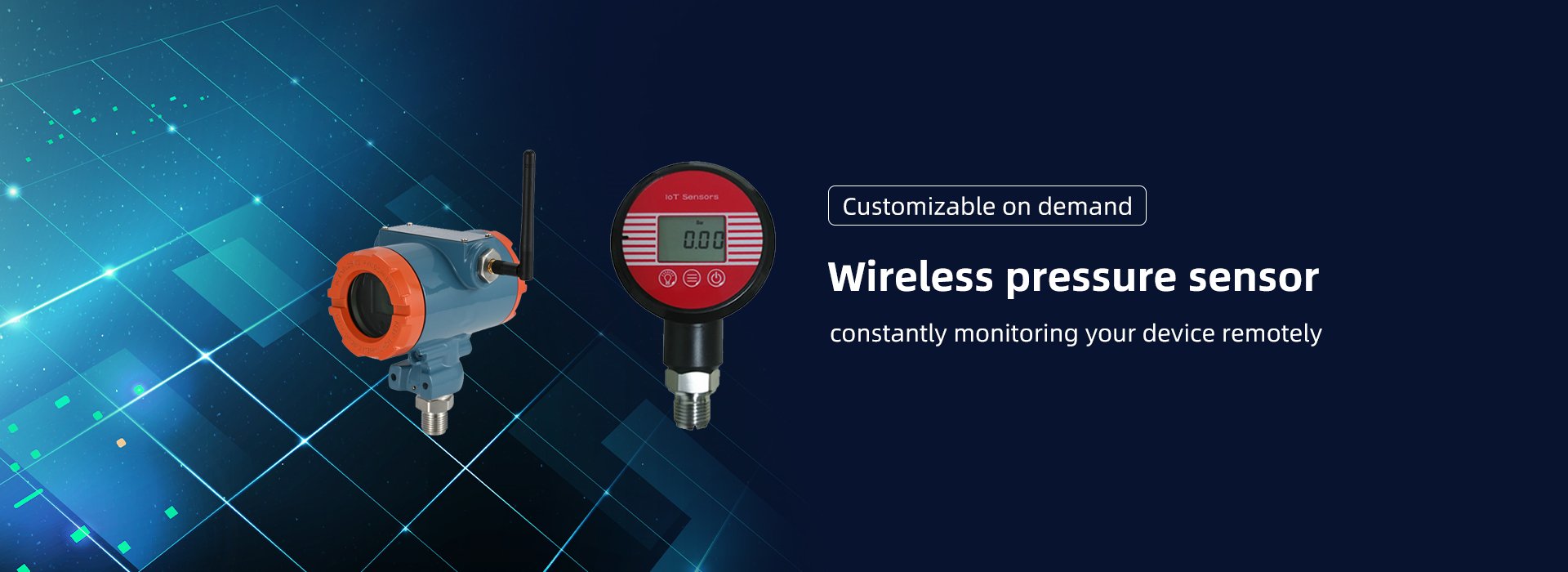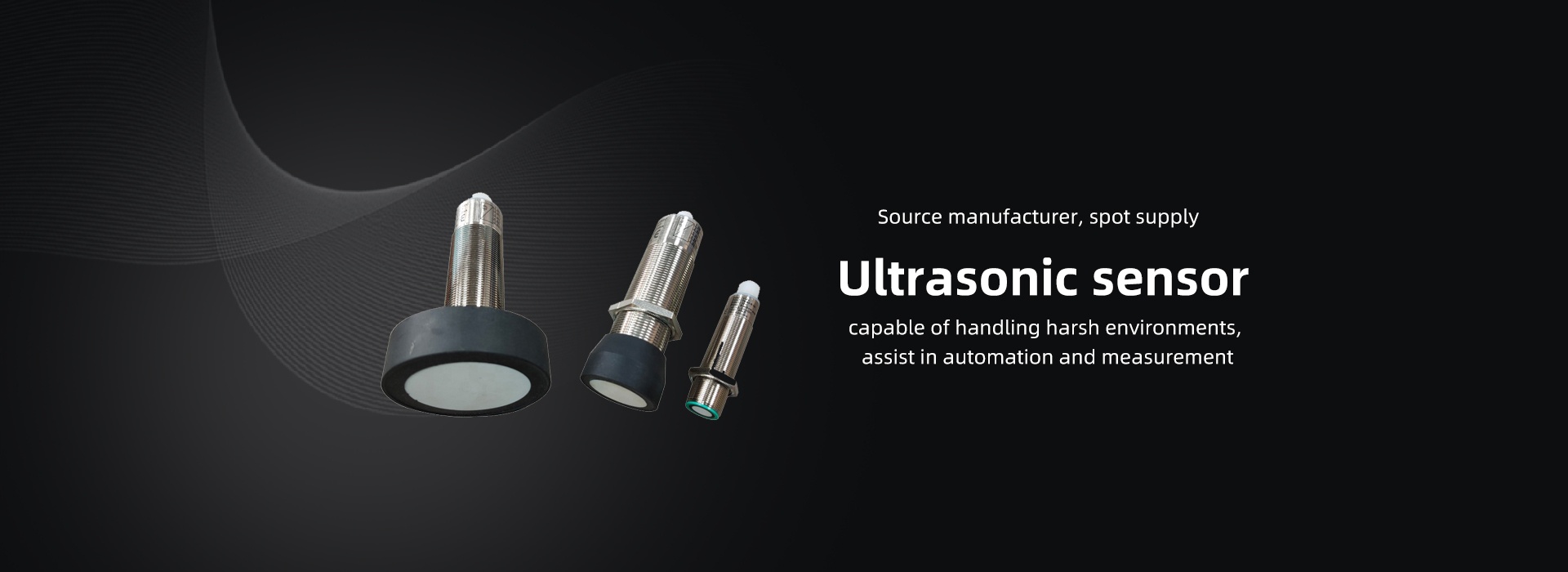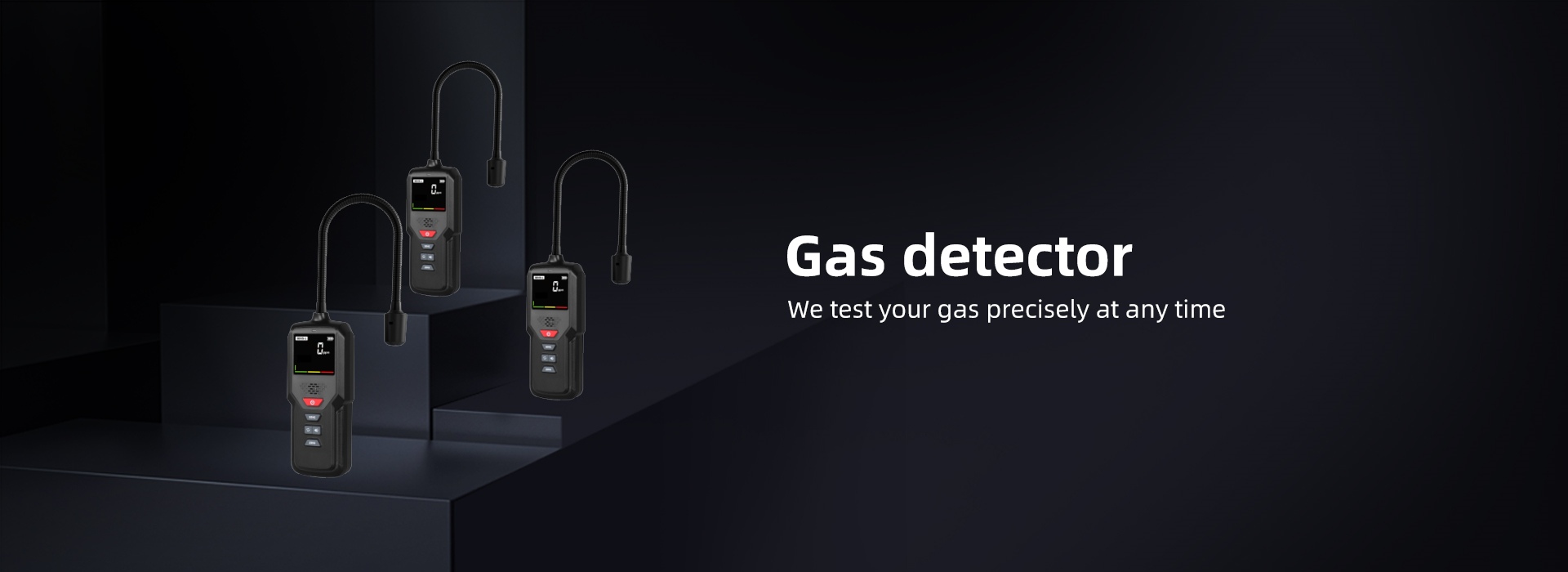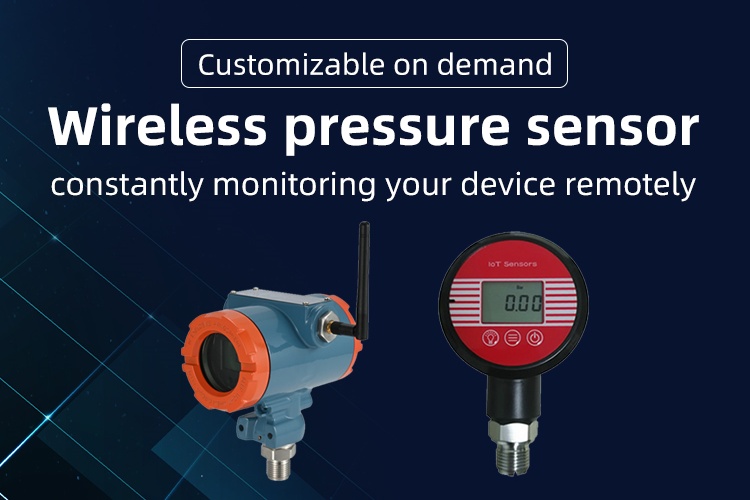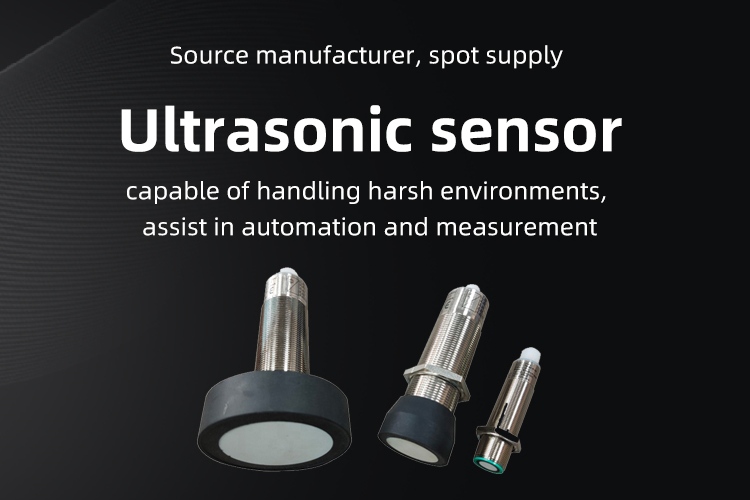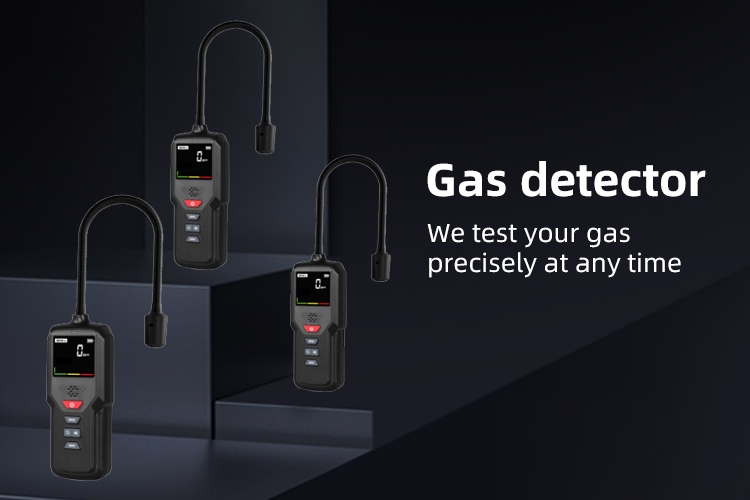
-
Home
- About Us
- Products
- Application scenarios
- Download
- News
Classification of Ultrasonic Sensors
2024-12-06Ultrasonic sensors can be classified into multiple types according to different classification criteria. Here are some common classification methods:
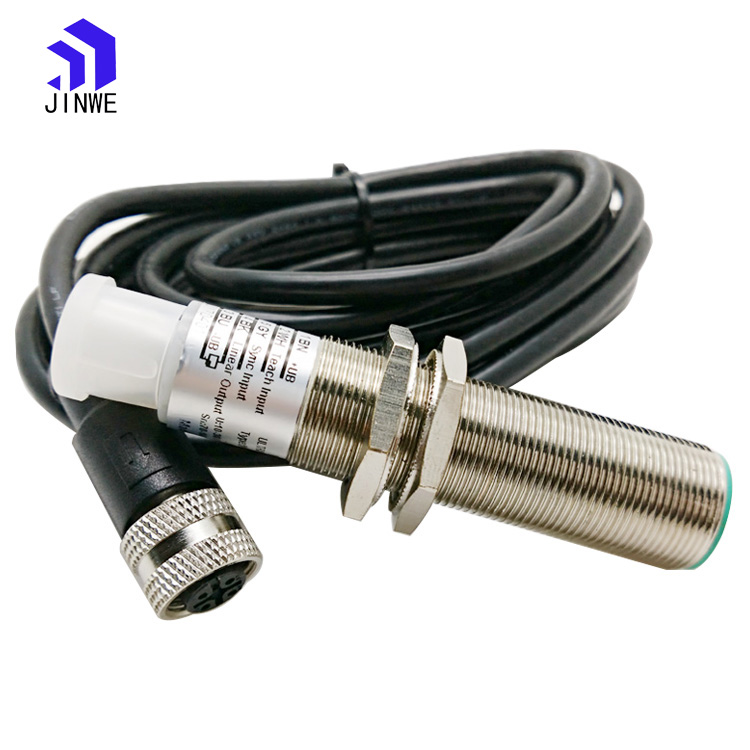
1、 Classified by working principle
- Piezoelectric ultrasonic sensor:
- By utilizing the piezoelectric effect of piezoelectric materials, electrical signals can be converted into mechanical vibrations (sound waves), or mechanical vibrations can be converted into electrical signals.
- Widely used in fields such as distance measurement, speed measurement, flow measurement, liquid level measurement, etc.
- Magnetostrictive ultrasonic sensor:
- By utilizing the magnetostrictive effect, the magnetic field changes generated by current are used to excite the magnetostrictive material in the sensor to vibrate and generate ultrasonic waves.
- Usually used for high-precision measurements, such as flow measurement of liquids and gases.
2、 Classified by measurement range
- Near field ultrasonic sensor:
- The measurement range is relatively small and is usually used for precision measurement or close range detection.
- For example, used to detect the presence, shape, and size of objects.
- Far-field ultrasonic sensor:
- The measurement range is large and suitable for long-distance measurements.
- Commonly used in vehicle ranging, automatic door control, material detection, and other applications.
3、 Classified by measurement method
- Direct reflection ultrasonic sensor:
- The sensor emits ultrasonic waves and receives sound waves reflected back from the object being measured.
- Calculate the distance of the object being measured by measuring the time difference between the emission and reception of sound waves.
- Acoustic ultrasonic sensor:
- Composed of a transmitter and a receiver, with a certain distance maintained between the two.
- When the measured object is located between the transmitter and receiver, it blocks the propagation of ultrasonic waves, triggering the sensor to generate a signal.
4、 Classified by application scenario
- Industrial ultrasonic sensor:
- Used for material detection, liquid level measurement, flow control, etc. on industrial automation production lines.
- It has the characteristics of high precision, high reliability, and long lifespan.
- Medical ultrasonic sensor:
- Used in medical diagnostic equipment, such as ultrasound scanners, ultrasound therapy devices, etc.
- Detecting internal structures and lesions in the human body by emitting and receiving ultrasound waves.
- Consumer ultrasonic sensors:
- Used in consumer electronics products such as smart homes and smart security.
- Such as for automatic door control, human detection, distance measurement, etc.
5、 Classified by frequency
- Low frequency ultrasonic sensor:
- Low frequency, long wavelength, strong penetration ability.
- Commonly used for measuring liquids and solids, such as liquid level measurement, internal defect detection of objects, etc.
- High frequency ultrasonic sensor:
- High frequency, short wavelength, and high resolution.
- Commonly used in fields such as medical diagnosis and precision measurement.
In summary, ultrasonic sensors come in various types, each with its specific application scenarios and advantages. When selecting ultrasonic sensors, it is necessary to choose the appropriate sensor type and parameters based on specific application requirements and environmental conditions.
Links:
Service Hotline
+86 13923792185
Website:www.micmetering.com
Address:6th Floor, Block B, Area A, Qinghu Science and Technology Park, Longhua District, Shenzhen, Guangdong Province
Copyright © 2025 MIC Metering (Shenzhen) Limited 粤ICP备2025358196号-1 Cookies Policy-
Service Hotline
Service Hotline
+86 13923792185
-
WeChat

-
TOP
Our Cookie Usage Policy
Our website uses cookies and other similar technologies to distinguish you from other users of our website. This helps us provide you with a good experience when you browse our website and allows us to improve our website. For more information, please refer to our Cookie Policy. - About Us
